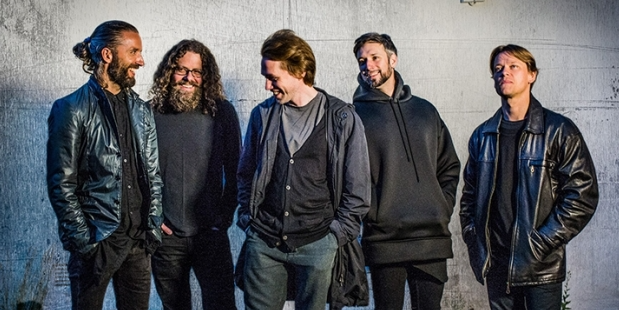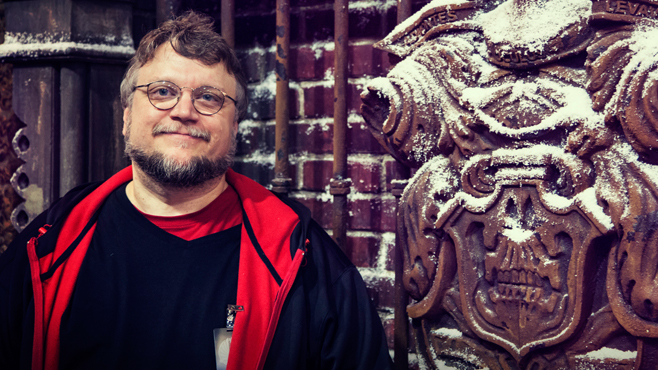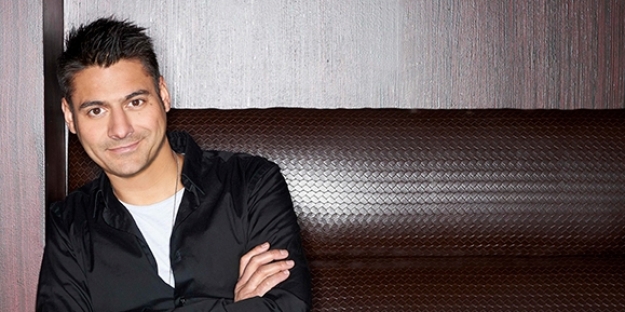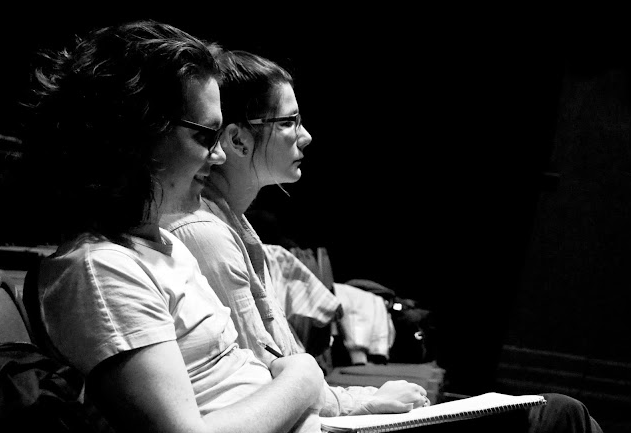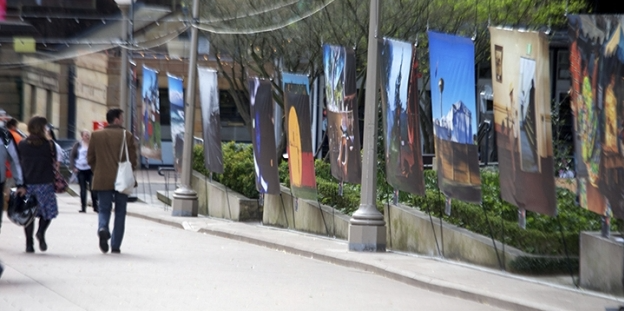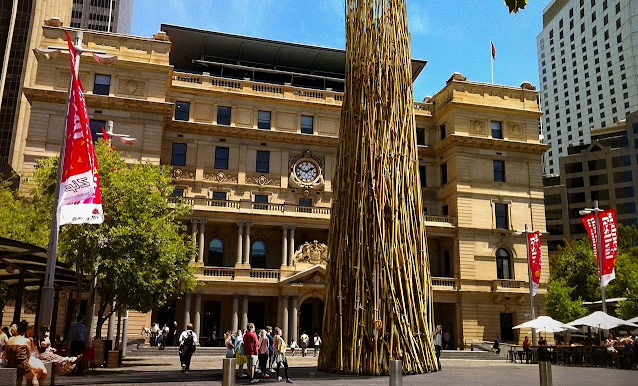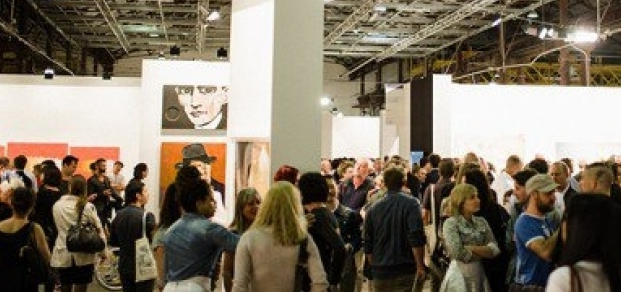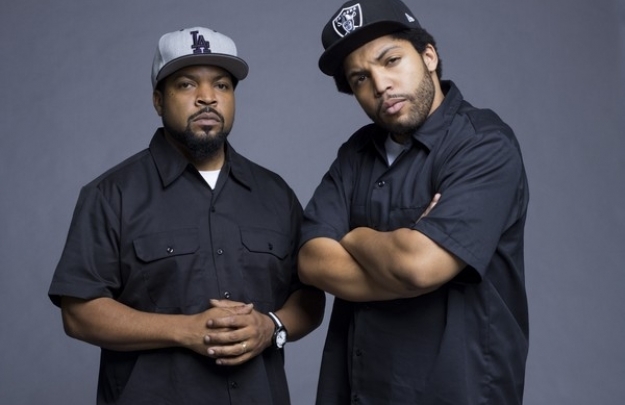
Shallow Cuts: An Interview with Andrew Wyatt (Miike Snow)
After three years of solo projects and collaborations with pop royalty, indie-pop giants Miike Snow are back and swinging the biggest dance hooks of their careers.
They’ve never been strangers to the dancefloor, but with time away to work through new ideas and new influences, the trio have blended hip hop aesthetics into the mix to expand their sound into bombastic club tracks. For singer Andrew Wyatt, it makes perfect sense – fresh from making cuts with the likes of Mark Ronson, Bruno Mars and Flume, his motivation is simply to get bodies moving.
“We bring a combination of what you might see in DJ sets, and some of the sonics of a DJ set,” he says. “We try to combine some of the elements of more improvisational bands with the strict pop songwriting that’s in our recorded library. And then just really hot dance moves.”
There’s a vivacity to the new album, simply titled III, that lends itself to the new angle, and the honing of Wyatt’s songwriting is evident in the renewed focus of the band. “I wasn’t, on this record, trying to tell some great truths about this or that, you know? I was just trying to make music that was fun to move to. I don’t think I’ve ever had a song that I could put on in a club and people would just dance!
“I think in some ways it’s just a shallower sound, or something. We were just having fun and trying to make songs that were super catchy and classic-sounding without being annoying.”
Drawing heavily from the swagger of contemporary hip hop and a ‘classic’ pop aesthetic (read: horns), III is a record that shamelessly struts its stuff as assuredly on its album tracks as its singles, ‘Genghis Khan’ and ‘Heart Is Full’. “It sounds quite confident, which I like,” says Wyatt. “Relaxed and confident, so in a way it’s like you get through the difficult [second] album and you relax a little bit, do your thing. I hope people hear that in it.”
How confident? How about an opening line like, “I saw you licking a dollar bill”? The image takes Wyatt all the way back to the heady days of Miike Snow’s self-titled debut.
“When we did ‘Silvia’, I was in a phase in my life where I was actually going to strip clubs a lot. I dated a girl who then became a stripper – that was what that song was about – and I don’t know why but I don’t do that anymore; I haven’t in years.
“Actually Christian [Karlsson] came up with that line, and when he did I kinda just put myself in the strip club and finished the song from there, in the sense that I knew what I wanted the song to be about and Christian was down with having it be about that, so it was cool. But yeah, somehow, we have a lot of songs about strippers in our band. I don’t know why.”
The self-assuredness of Miike Snow’s new sound is indicative not just of Wyatt’s working environment with Karlsson and Pontus Winnberg (AKA producers Bloodshy & Avant), but of a maturing in their approach to making music. Wyatt actually finds working in the band environment quite liberating.
“I’m just a very impulsive person with music and I respond to what’s right in front of me,” he says. “My own music, I’m a bit more conceptual and I have a target, at least. I miss the target, but I at least have some kind of a target I’m focusing at when I start my own record, because I know I’m gonna have control over steering the ship all the time. With Miike Snow, I don’t really have a target, I just respond to what’s in the speakers, which is cool; I like that. And then its influence or whatever it’s supposed to mean out there – you can decide that, and I don’t have to.”
Written in response to beats crafted by Karlsson and Winnberg, Wyatt’s lyrics touch on tangible lived experience, primal emotions and the ever-present spectre of pop’s core lyrical obsession: love. As often happens, darker emotions slip in occasionally from the periphery – ‘Genghis Khan’, for instance, is loaded with irrational jealousy and the potential for violence – though Wyatt shrugs them off as broad truths of the human experience.
“I just think people like to hear lyrics they can connect to, you know? You try to write songs for others. Even John Lennon did a better version of it with ‘Jealous Guy’, where he’s just being so bloody honest about it. I think that level of songwriting has become more common; that people really wanna hear the real shit about what’s going on in your personal life.
“Everything from [Drake’s song] ‘Marvin’s Room’ to whatever, it’s kind of everywhere in pop. And a lot of what we experience in life is not positive all the time, so it’s just a reality and it’s one of the things that, across the board, everyone has felt.”
Alongside their chart-busting originals, Miike Snow’s collaborations have seen them land some spectacular remixes, the most notable cut arriving at the end of the new album: a version of ‘Heart Is Full’ featuring a verse from hip hop powerhouses Run The Jewels.
“I think there was a brief minute where it was gonna be Young Thug and Run The Jewels,” Wyatt explains, “and then Young Thug got, you know, just distracted by something and left town. And of course, that was our window of opportunity, it was gone with him, because now he’s like the biggest rapper since Drake, really, or Kendrick.
“I think our manager knows [Run The Jewels] so just casually asked them to do it and they did it that weekend, so it was really, really great working with people who are that responsible, frankly.”
As for their own show, Miike Snow are gearing up to take on a huge American tour that lands them at Coachella alongside the two massive reunions of LCD Soundsystem and Guns N’ Roses. Who knows when we’ll next see Wyatt, as he makes regular trips down here to play with Mark Ronson and Flume.
“I think the new Flume song with Kai is fucking amazing!” he says when the young Aussie otherwise known as Harley Streten is mentioned – Wyatt dropped ‘Some Minds’ with him last year. “I mean that’s, to me, great pop music and it’s kinda the first glitch laptop hip hop song that’s been done well as a pop song, you know? I think there’s been many attempts and this is the most exceptional one. I think it’s had a huge life in the United States, too. I keep texting Harley about that.”
Wyatt has always had an ear for great pop songwriting, and he leaves us with a recommendation: the Saturday Night Fever soundtrack, his go-to source for greatness.
“It’s got so many layers to it and it’s enjoyable and the images that it conjures are so rich and textured and subtle,” he says. “It was part of a cultural movement at a certain time, and then it’s just structured so brilliantly and it’s sonically so deep and it’s mature and sensitive – at the same time it’s masculine but it’s sung in a falsetto. It’s like, I dunno – that music is kinda like supreme pop music to me.”
With that record in his decks, it’s no wonder Wyatt’s mind is wired to the dancefloor.
Miike Snow’s III out Friday March 4 through Atlantic/Warner.
Post originally printed in The BRAG; available at http://thebrag.com/music/miike-snow

